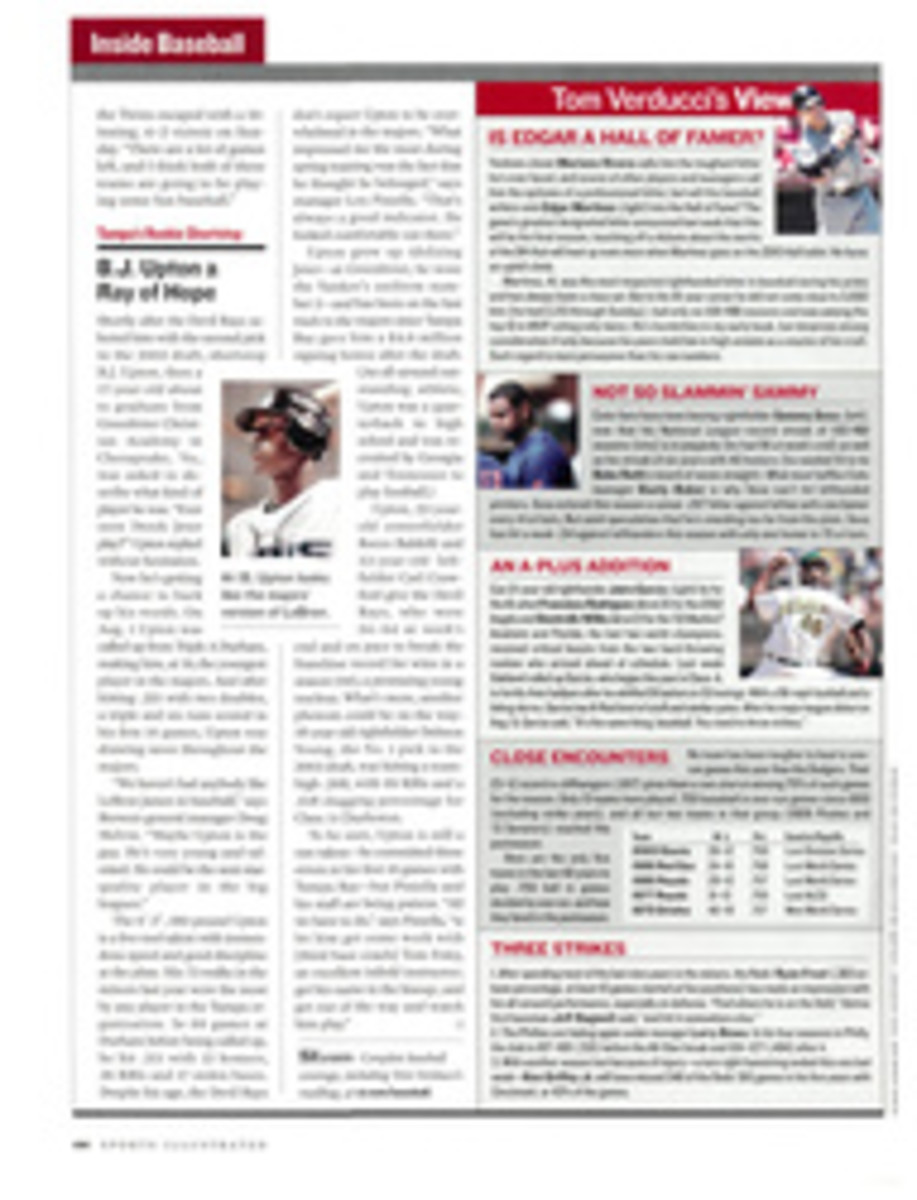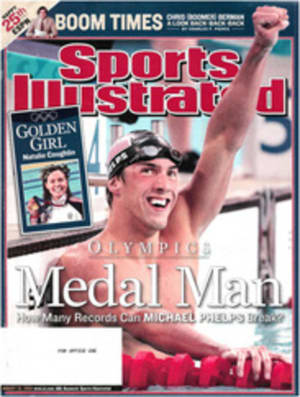
Life Before the Dodgers and Giants
THE GOLDEN GAME:
The Story of California Baseball
by Kevin Nelson
Heyday Books/ California Historical Society Press, $24.95
Baseball may not actually have been invented in California, but the game owes much of its development to the Golden State, as Kevin Nelson explains in this excellent history. Apart from generously populating big league rosters for more than 100 years, Californians have been major contributors to the national pastime's social, cultural and, yes, even criminal heritage.
True, Alexander Cartwright formalized the rules in New York, but shortly thereafter baseball's putative founder went west in the Gold Rush of 1849. Though he departed California broke and disillusioned, he left a ball behind, and by the early 1850s San Franciscans were playing his game on primitive diamonds near what is now the city's civic center. In the ensuing decades the game thrived, most significantly with the formation in 1903 of the Pacific Coast League, "the beating heart of organized baseball in the state" for the next 55 years.
But California's influence on the national pastime extended beyond the field. On June 3, 1888, Nelson tells us, San Francisco Examiner editor William Randolph Hearst published a baseball ballad written by a colleague named Ernest Lawrence Thayer, who was paid $5 for the poem Casey at the Bat. Another Californian, notorious gambler and star New York Giants first baseman Hal Chase, was suspected of helping to fix the 1919 World Series. On the other hand, Joe DiMaggio and Ted Williams were native to the state. Georgia-born Jackie Robinson moved with his family to Pasadena before he was two years old, and he honed his athletic skills and social conscience in that city's public schools and at UCLA. Another baseball groundbreaker, Curt Flood--the courageous and ultimately victimized pioneer of free agency--was raised in Oakland.
Californians were also instrumental in the game's expansion. San Francisco--born Lefty O'Doul helped baseball develop in Japan, and the game long flourished among California's Japanese-Americans, even in the despised relocation camps of World War II. Nelson also devotes space to the game's popularity among the state's Native Americans, the most adept of whom, John Meyers, a Cahuilla tribesman predictably nicknamed Chief by his teammates, was Christy Mathewson's batterymate.
Billy Martin was a native of Berkeley, and Casey Stengel was a 50-year resident of Glendale. Thirty-two baseball Hall of Famers, including 2004 inductee Dennis Eckersley, are graduates of California high schools. Future Hall of Famers Barry Bonds, Mark McGwire and Randy Johnson are native Californians as well.
We could go on and on, as we natives will do. Far better to let Nelson, a writer of a dozen sports books, tell the story, as he does ably--tracing California baseball through the war years, to the arrival of the Dodgers and Giants and beyond--with admirable restraint. You don't have to be a Californian to enjoy these important chapters in the game's history. In fact, you can even be among the miserably deprived who have never visited the state and still get a kick out of the book. ■
B/W PHOTO
SECURITY PACIFIC COLLECTION/LOS ANGELES PUBLIC LIBRARY (ROBINSON)
CALIFORNIA KID
Robinson (center) shaped his game at Pasadena Junior College.
COLOR PHOTO
HEYDAY BOOKS/CALIFORNIA HISTORICAL SOCIETY PRESS (THE GOLDEN GAME)

